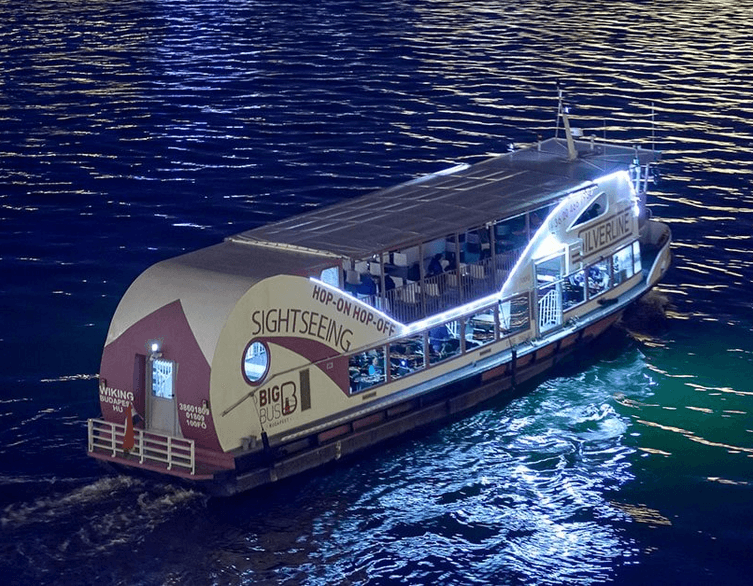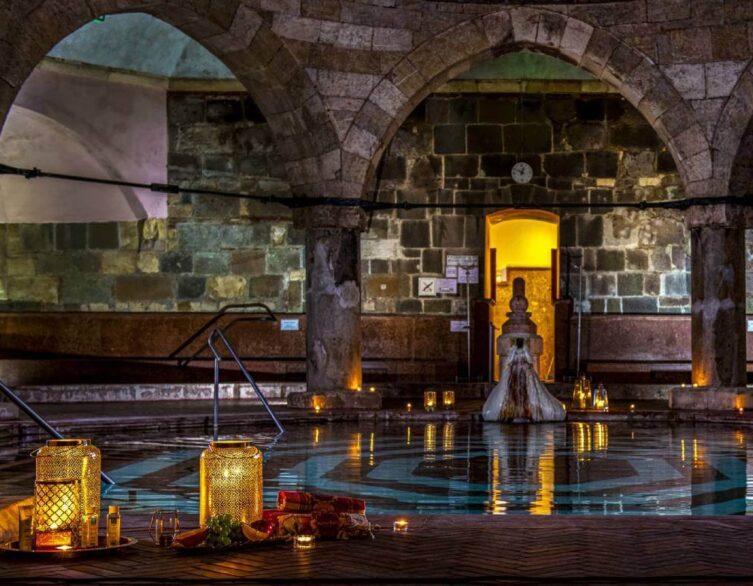Budapest’s Historic Rudas Baths Find Balance: Traditional Bathing Days Return with Modern Flexibility

Budapest’s thermal bath scene has been making headlines recently, and not just because of the stunning architecture or healing waters. The city’s historic bathhouses have been navigating some interesting changes, particularly at the iconic Rudas Baths, where tradition meets the practical realities of modern tourism. After weeks of discussion and debate, a compromise has emerged that keeps both local bath enthusiasts and the growing number of international visitors happy.
The Gellért Closure That Changed Everything
To understand the recent buzz around Budapest’s baths, you need to know what sparked it all. On October 1, 2025, the beloved Gellért Baths closed its doors temporarily for long-awaited reconstruction work. For anyone familiar with Budapest’s thermal bath landscape, this was a significant moment. The Gellért isn’t just any bathhouse—it’s an Art Nouveau masterpiece that has welcomed bathers since 1918, and its absence leaves a noticeable gap in the city’s wellness offerings.
When such a major venue goes offline, the ripple effects are immediate. Budapest Gyógyfürdői és Hévizei Zrt., the company managing the city’s historic thermal baths, faced a challenge: how to absorb the influx of visitors who would have otherwise been soaking in the Gellért’s legendary pools. The solution seemed straightforward—redirect guests to other historic bathhouses like the Rudas, Lukács, and Széchenyi. But making this work required some operational adjustments.
The Traditional Bathing Day Dilemma
Here’s where things got complicated. The Rudas Baths, nestled beside the Danube with its stunning Ottoman-era Turkish bath at its heart, has long maintained a cherished tradition: separate bathing days for men and women. These aren’t your typical swimsuit-required sessions. During these traditional days, bathers wear a small apron called a kötényes and experience the thermal baths in a way that harkens back centuries to the Turkish occupation of Budapest.
In early October, the bath management shortened these single-gender bathing periods. Instead of full-day sessions, the traditional kötényes bathing was condensed to morning hours only—from 6 AM until 11 AM. The rest of the day would operate as co-ed bathing, where everyone wears swimsuits. The reasoning made business sense: with the Gellért closed and visitor numbers surging, maximizing co-ed hours would accommodate more guests and help offset the revenue loss from the Gellért’s closure.
But this change didn’t sit well with everyone. Regular visitors to the Rudas, particularly those who treasured the all-day traditional bathing experience, felt something essential was being lost. The matter quickly escalated from bathhouse gossip to political debate, with city officials and bath enthusiasts weighing in on what should happen next.
Finding Common Ground
After several weeks of discussions, negotiations, and even city council meetings, a solution emerged that honors both tradition and practicality. Starting November 18, 2025—perfectly timed with Budapest’s birthday celebration—the Rudas Baths will restore full-day traditional bathing sessions twice a week. Tuesdays will be dedicated women’s days, and Wednesdays will be men’s days, bringing back the beloved all-day kötényes experience from 6 AM until closing.
The compromise doesn’t stop there. On Mondays, Thursdays, and Fridays, traditional single-gender bathing still happens during morning hours from 6 AM to 11 AM, after which the baths switch to co-ed mode. Weekends remain fully co-ed to accommodate the higher visitor numbers. There’s even a special exception during the busy holiday period from December 15 through January 6, when the baths will operate exclusively in co-ed mode to handle the festive season crowds.
What This Means for Visitors
If you’re planning a trip to Budapest and want to experience the authentic Turkish bath tradition, timing your visit becomes important. The full-day traditional bathing experience offers something genuinely unique—a chance to soak in centuries-old thermal pools in a way that connects you directly to Budapest’s Ottoman heritage. The intimate, peaceful atmosphere of single-gender bathing days creates a markedly different experience from the busier co-ed sessions.
Best deals of Budapest
However, there’s a practical trade-off. To maintain these traditional days while managing the revenue impact, ticket prices for the Rudas complex and Turkish bath will increase by 1,000 forints starting in January 2026. For international visitors accustomed to spa prices in other major European cities, Budapest’s thermal baths remain remarkably affordable even with this modest increase.
The Expanding Zsigmondy Club Benefits
There’s good news for frequent bath-goers and those planning extended stays in Budapest. The Zsigmondy Club Card, which offers discounted entry to certain thermal baths, is expanding its benefits. Starting in early January 2026, cardholders can use their discounts at the Lukács Baths on weekends, adding to the existing roster of participating venues. This move acknowledges that the Lukács has become increasingly popular as visitors seek alternatives to the temporarily closed Gellért.
Speaking of the Lukács, if you’re planning to visit, the bath management strongly recommends arriving during morning hours. Afternoon sessions can get crowded enough that you might face queues, and during peak periods, immediate entry isn’t always guaranteed. The morning hours offer a more relaxed experience with easier access to the various pools and thermal areas.
Extended Evening Hours at Rudas
The Rudas Baths are also taking over some of the Gellért’s former role in offering late-night bathing experiences. Starting in early December, Friday nights will continue the long-beloved tradition of nighttime bathing from 10 PM until 3 AM—perfect for those who want to soak under the stars after a night exploring Budapest’s famous ruin bars. Additionally, Saturdays will now feature extended hours until 10 PM, with the first such extended Saturday happening on December 6.
Other Budapest thermal baths maintain their summer-introduced schedule of staying open until 10 PM on designated days, giving visitors plenty of flexibility for fitting a therapeutic soak into their sightseeing schedule.
Why This Matters Beyond the Baths
This entire situation reveals something important about Budapest’s approach to tourism and cultural preservation. The city could have simply prioritized maximum revenue by converting everything to co-ed bathing and packing in as many visitors as possible. Instead, there’s been a genuine effort to balance economic realities with cultural traditions that local residents value.
For travelers, this means you’re visiting a city that still cares about maintaining authentic experiences rather than turning everything into a tourist commodity. The traditional kötényes bathing days at the Rudas represent living history—not a performance for tourists, but an actual continuation of centuries-old bathing culture. The fact that locals fought to preserve this tradition, and that the bath management worked to find a compromise, speaks to Budapest’s commitment to remaining a real city rather than becoming a theme park version of itself.
Planning Your Bath Experience
When planning your Budapest thermal bath adventure, consider what kind of experience you’re after. If you want the traditional Turkish bath atmosphere with its Ottoman architecture and kötényes ritual, target those Tuesday or Wednesday full-day sessions at the Rudas, or visit during the morning hours on Mondays, Thursdays, or Fridays. If you prefer a more social, mixed experience or are traveling with companions of different genders, the co-ed sessions offer their own appeal, especially during the atmospheric evening hours.
Don’t overlook the other options either. The Széchenyi Baths in City Park offer a completely different vibe with their outdoor pools and neo-baroque architecture. The Lukács attracts a more local crowd and has a wonderfully unpretentious atmosphere. Each of Budapest’s historic thermal baths has its own character and charm.
The temporary closure of the Gellért, while disappointing for those who had hoped to visit that particular architectural gem, doesn’t diminish Budapest’s status as one of the world’s great spa cities. With natural thermal springs feeding dozens of public baths throughout the city, you’re spoiled for choice. The recent adjustments at the Rudas and elsewhere simply reflect a city actively managing its treasures to ensure they remain accessible, sustainable, and authentic for years to come.
Related news
Related attractions


















